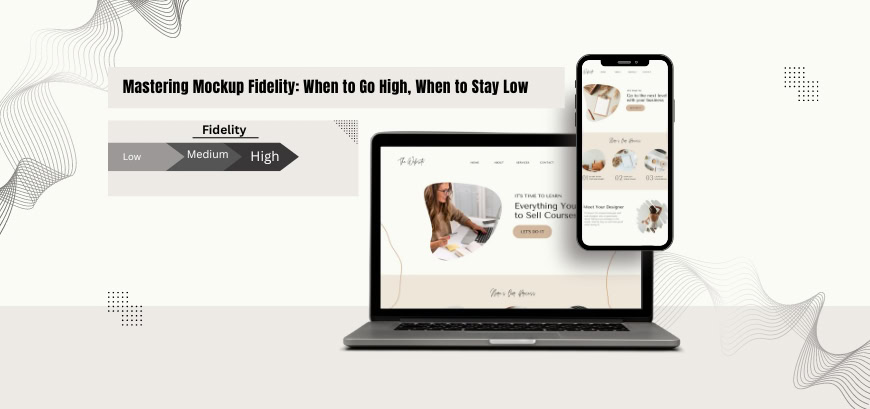Graphic design is much more than creating visually appealing images and layouts. It is a powerful tool that taps into the psychology of human perception and communication. In this article, we will delve into the fascinating world of graphical design and explore how it influences our emotions, thoughts, and behaviour.
Visual Perception and Communication
Visual perception is a fundamental aspect of human cognition, and graphic design leverages this innate ability to convey messages and elicit responses. Design elements captivate, inform, and evoke emotions. Understanding the principles of visual perception allows graphic designers to create compelling visuals that resonate with their target audience.
Creating Emotional Connections
Emotions play a significant role in our decision-making processes, and graphic design has the power to evoke specific emotional responses. Whether it’s joy, excitement, trust, or curiosity, the choice of colours, imagery, and overall design aesthetic can shape our emotional connection with a brand, product, or service. By tapping into the psychology of emotions, graphic designers can create designs that forge strong emotional bonds with the audience, fostering brand loyalty and engagement.
Cognitive Impact and Information Processing
Graphic design also influences how we perceive and process information. The arrangement of elements, hierarchy, and visual cues can guide our attention and facilitate information comprehension. By skillfully employing typography, spacing, and contrast, readability is enhanced, and key messages are effectively conveyed with clarity. By understanding cognitive processes such as attention, memory, and problem-solving, graphic designers can optimize designs for maximum impact and communication effectiveness.
Brand Identity and Perception
The visual elements of a brand, including its logo, colour palette, and overall design style, contribute to its identity and influence how it is perceived by the audience. Graphic design plays a crucial role in shaping brand personality, values, and positioning. Visual representation shapes consumer perception of a brand’s tone. Consistent and well-executed graphic design helps build a strong and recognizable brand image.
User Experience and Interaction Design
The graphic design extends beyond static visuals and encompasses the realm of user experience (UX) and interaction design. In digital interfaces, the arrangement of elements, navigation, and usability are critical to creating intuitive and engaging user experiences. By understanding user behaviour, cognitive load, and usability principles, graphic designers can craft interfaces that are visually appealing, easy to navigate, and facilitate seamless interactions.
Cultural and Contextual Considerations
Graphic design is deeply influenced by cultural and contextual factors. Symbols, colours, and design styles may carry different meanings and associations in different cultures. Graphic designers must be mindful of cultural nuances and adapt their designs accordingly to ensure effective communication and avoid unintended misinterpretations. Design must consider the context for optimal impact and functionality across various mediums.
The Evolving Landscape of Graphic Design
As technology advances and design trends evolve, the field of graphic design continues to expand and adapt. From traditional print media to digital platforms and augmented reality, graphic designers are continually exploring new possibilities for visual storytelling and communication. The integration of animation, interactivity, and immersive experiences opens up exciting avenues for engaging audiences in novel ways.
In conclusion, graphic design goes beyond aesthetics. It is a powerful tool that taps into the psychology of human perception and communication. By understanding visual perception, emotions, cognitive processes, brand identity





